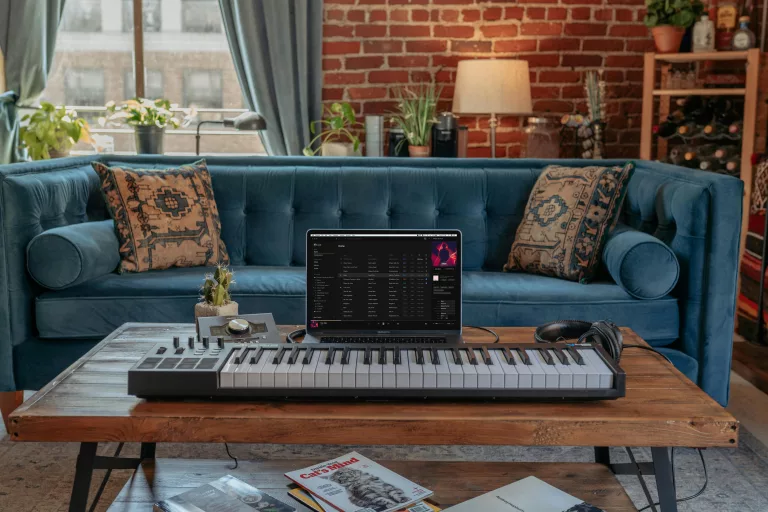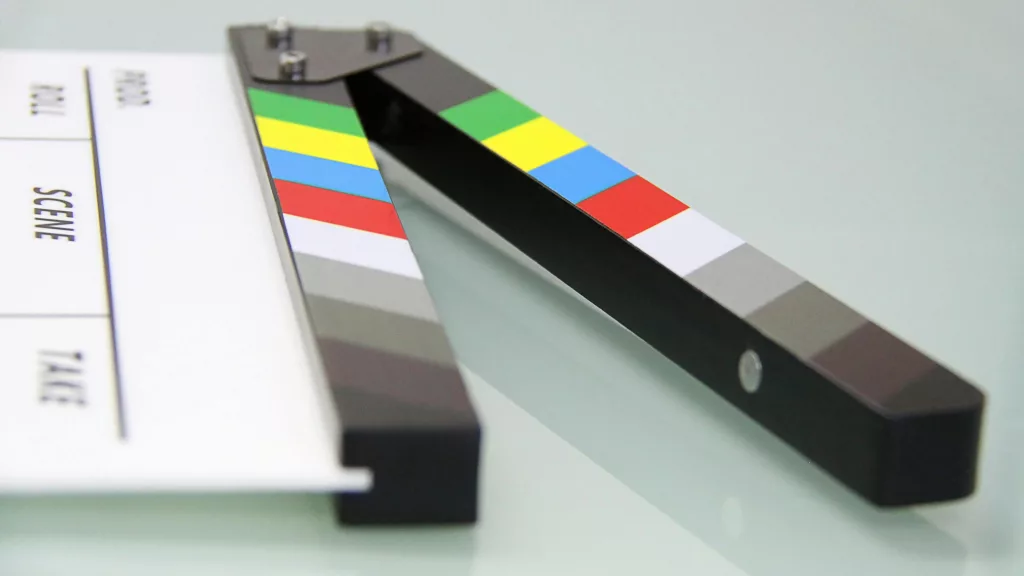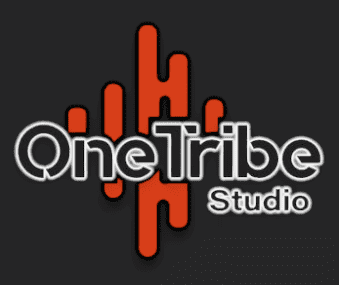MIDI in Music Production


Music, the universal expression of emotions, has found an ideal companion in MIDI (Musical Instrument Digital Interface). Though frequently heard, it remains at times misunderstood. This acronym represents a digital journey where musical creativity reaches unforeseen heights.
Let’s delve together into the intricacies of this technology, exploring its history, contemporary applications, and its undeniable influence on the current musical landscape.
A Digital Dialogue Between Musicians and Machines
MIDI, the Musical Instrument Digital Interface, transcends its technical nature to become the universal language between musicians and electronic equipment. Born in the early 1980s, it has transformed the way music is created, recorded, and performed.
It acts as a mediator between the analog world of musical instruments and the digital realm of computers and music production software. Every nuance, every melody produced on a compatible instrument becomes a series of digital data, ready to be explored, edited, and transformed.
Unmatched Flexibility: Sculpting Sound at Will
One of the major strengths of MIDI lies in its exceptional flexibility, providing musicians and producers with the freedom to sculpt the sound even after the initial recording.
Instrument Modification Retroactively: Recorded a sequence on the piano but envision a synthesizer sound? With MIDI, this transition is just a click away, offering unparalleled versatility to explore and experiment with different tones.
One of the major strengths of MIDI lies in its exceptional flexibility, providing musicians and producers with the freedom to sculpt the sound even after the initial recording.
Pixel-Perfect Editing: In contrast to traditional audio recordings, MIDI allows for precise note-level editing. Every nuance can be adjusted, every note modified, opening a world of creative possibilities for producers and composers.
Effortless Transposition: Transposing, changing the key, is a breeze with MIDI. No need to re-record an entire track to adjust to a new key. This feature simplifies and speeds up the creative process.
MIDI in the Service of Music Creation
MIDI offers more than advanced editing opportunities; it also expands the range of creative possibilities, allowing musicians to explore new artistic frontiers.
Real-Time Control: Controllers, such as keyboards, pads, and breath controllers, enable musicians to add expressive nuances in real-time. Effects like modulation, glissandos, and velocity variations can be integrated into the performance, adding an authentic and dynamic dimension.
Virtual Instruments and Sound Libraries: MIDI provides unlimited access to diverse virtual instruments and sound libraries. From symphonic orchestras to futuristic synthesizers, musicians have an infinite sonic palette at their disposal.


Innovations: Beyond Music Creation
MIDI extends beyond the realm of music creation; it also ventures into innovative horizons.
In the Entertainment World: Modern concerts and performances increasingly incorporate MIDI for immersive visual and auditory experiences. From synchronized lighting effects to soundscapes, MIDI opens new chapters in the entertainment industry.
Applications in Film and Video Games: Film and video game music composers harness MIDI to create epic soundtracks. This technology enables rapid composition and orchestration, bringing imaginary worlds to life.


MIDI Equipment: Tools of the Digital Artist
The world of MIDI requires a specific set of tools to unleash its full potential. Let’s explore the essential elements.
MIDI Controller: A controller, such as a keyboard, pads, or a breath controller, serves as the primary interface between the artist and the machine. From basic affordable models to advanced options, the choice depends on needs and budget.
Digital Audio Workstation (DAW): The DAW is the laboratory where MIDI ideas come to life. Software like Ableton Live, Logic Pro X, and FL Studio provides feature-rich environments for music production.
MIDI-USB Interface: To connect the MIDI controller to the DAW, a MIDI-USB interface is often necessary. It ensures stable MIDI data transmission between devices.
Virtual Instruments and Sound Libraries: Exploring MIDI sounds involves virtual instruments and sound libraries. From free options to professional packs, these elements enrich the artist’s sonic palette.
The Future: Expanding Musical Horizons
The history of MIDI is rich, but the future holds even more promise. As technology evolves, MIDI will continue to redefine how music is created and experienced.
Integration into Virtual Reality (VR): With the rise of virtual reality, MIDI is finding its place in immersive musical experiences. Artists can create interactive sonic worlds, transforming listeners into musical explorers.
Enhanced Remote Collaborations: MIDI facilitates remote collaboration among musicians. File sharing enables artists from around the world to contribute to projects, opening up new possibilities for shared creativity.
Continuous Innovation in MIDI Controllers: Controllers will keep diversifying, offering increasingly advanced and intuitive features. Innovations such as pressure sensitivity and touch surfaces will enhance the expressiveness of performances.
Conclusion
In conclusion, MIDI stands as an undeniable revolution in the world of music production, opening infinite creative horizons for musicians, producers, and recording studios. Its exceptional versatility has led to significant advancements, providing limitless possibilities for manipulating and customizing musical performances.
Whether you’re a pianist, drummer, DJ, or guitarist, MIDI adapts to diverse needs, allowing everyone to unleash their creative potential.
Advantages such as precise note-level editing, easy transposition, access to high-quality virtual instruments, and real-time control have contributed to its widespread adoption in the music industry. Iconic artists have incorporated this technology to create memorable works, showcasing its impact and versatility.
By investing in appropriate equipment, from controllers to virtual instruments, artists can revolutionize their recording sessions and expand their creative horizons. Whether you’re a seasoned professional or an enthusiastic beginner, MIDI is an invitation to explore, innovate, and unlock your true creative potential in the exciting world of music production.
Join this musical revolution and bring your musical ideas to life in ways you never imagined before.
